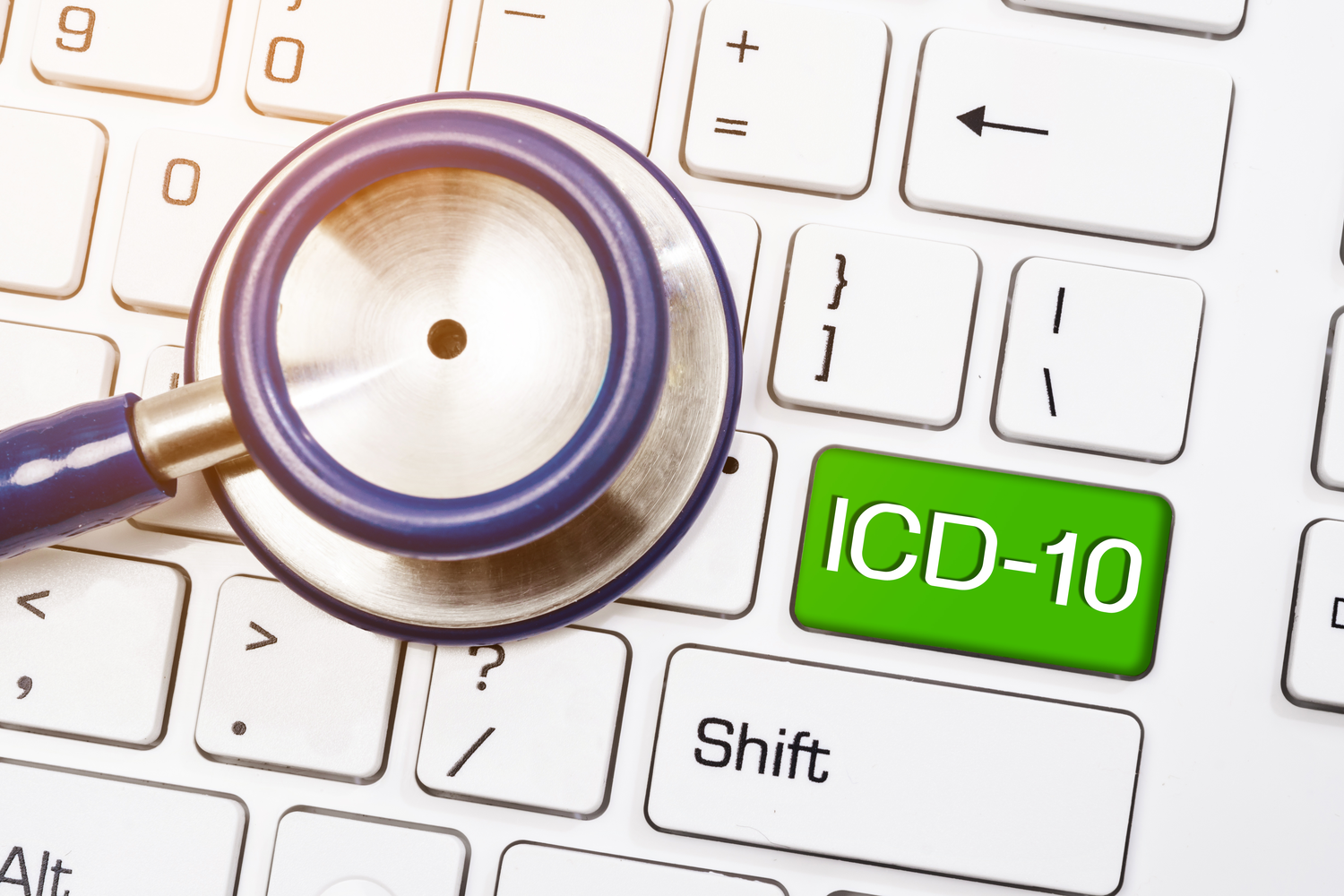Updates to ICD-10-CM Coding 2022
The American Psychological Association (APA) announced coding updates to its DSM-5 diagnosis list based on the Centers for Medicare and Medicaid Services (CMS) ICD-10 diagnostic coding updates for 2022.
Healthcare providers worldwide use the ICD-10-CM as a standardized system to share and compare health information. Each year, the CMC reviews and approves changes to the ICD-10-CM. Several code changes for 2022 pertain to diagnoses listed in the APA’s DSM-5. These coding changes went into effect on October 1, 2021, and are already live in Valant’s system.
Updated Codes
The updated codes break down several diagnoses into more specific sub-categories.
- Homelessness previously fell under the Z59.0 code, but has been subdivided into two categories: sheltered homelessness (Z59.01) for patients who have access to homeless shelters, domestic violence shelters, or other temporary relief measures; and unsheltered homelessness (Z59.02) for those who lack access to any adequate housing situation.
- The new codes separate lack of access to adequate food and lack of access to safe drinking water. Previously grouped under Z59.4, they’re now broken into the categories of food insecurity (Z59.41) and lack of safe drinking water (Z58.6)
- For identifying a patient’s personal history of self-harm, the codes now differentiate between personal history of suicidal behavior (Z91.51) vs. personal history of non-suicidal self-injury (Z91.52).
- Other changes include a code change for unspecified depressive disorder (now F32.A) and the addition of non-suicidal self-injury (R45.88).
Here’s a chart that explains the changes (as ordered in the DSM-V classification):
| Disorder | DSM-5 Recommended ICD-10-CM Code for use through September 30, 2021 | DSM-5 Recommended ICD-10-CM Code for use beginning October 1, 2021 |
| Unspecified depressive disorder | F32.9 | F32.A |
| Homelessness* (changed to Sheltered Homelessness in DSM-5-TR) | Z59.0 | Z59.01 |
| Homelessness** (changed to Unsheltered Homelessness in DSM-5-TR) | Z59.0 | Z59.02 |
| Lack of adequate food or safe drinking water (changed to Food insecurity in DSM-5-TR) | Z59.4 | Z59.41 |
| Lack of adequate food or safe drinking water (changed to Lack of safe drinking water in DSM-5-TR) | Z59.4 | Z58.6 |
| Personal History of Self-Harm (Changed to Personal history of suicidal behavior in DSM-5-TR) | Z91.5 | Z91.51 |
| Personal History of Self-Harm (Changed to Personal history of nonsuicidal self-injury in DSM-5-TR) | Z91.5 | Z91.52 |
| Nonsuicidal self-injury | Not in DSM-5 | R45.88 |
Want to learn more about ICD-10 codes? Check out our information on specific codes, such as ICD-10 Codes for Depression – F32.0–F33.3, ICD-10 Code for Anxiety, Unspecified – F41.9, ICD-10 Code for Altered Mental Status, Unspecified – R41.82, and ICD-10 Code for Suicidal Ideation – R45.851.
How to Enter Codes in Valant
Input codes easily into patient records with Valant’s three-step diagnostic coding process.
- In the Diagnosis tab on the patient chart, create a new diagnosis by clicking “New.”
- Search for the code you need in the Code/Description field using at least three characters. You can filter code search results to include only those that appear in the DSM-5 by clicking the box for Show DSM-5 Diagnoses Only.
- Choose the correct code and hit save. You’re done!
Not using Valant?
Whatever EHR your behavioral health practice is currently using, we recommend setting a bookmark on this page so it may serve as a resource. When the time is right, Valant is standing by with a robust solution to automate your ICD-10 requirements.
Ready to see what Valant has to offer? Schedule your free, personalized demo today.




